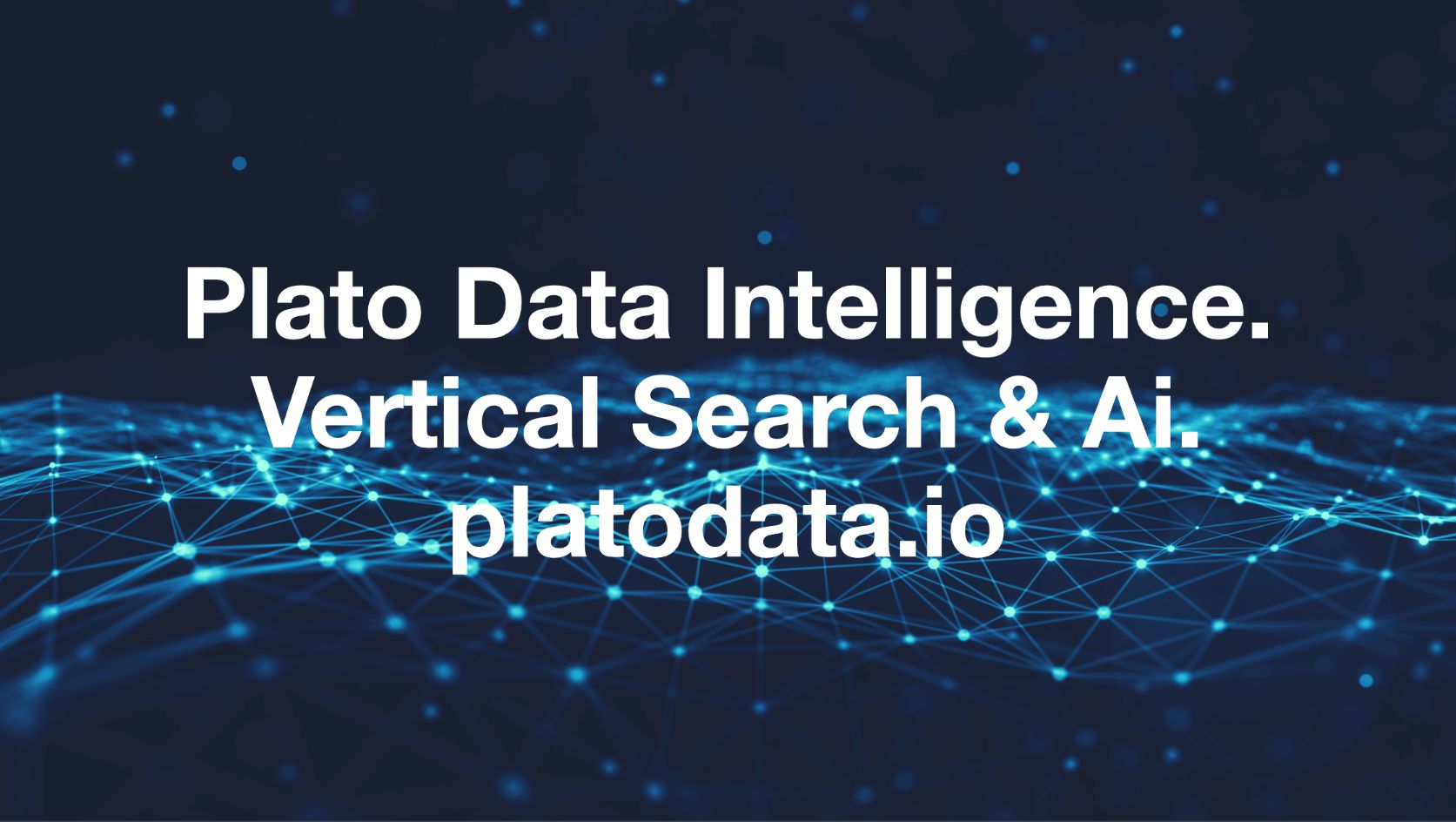Inclusion is a term that has become increasingly popular in recent years, particularly in the context of diversity and equity. It refers to the act of creating an environment where everyone feels welcome and valued, regardless of their background or identity. While inclusion is often associated with extending invitations and opening doors, true inclusion goes beyond simply extending the table length. Achieving authentic inclusion requires a deeper understanding of the barriers that prevent people from feeling included and taking active steps to remove those barriers.
One of the most significant barriers to inclusion is unconscious bias. We all have biases, whether we are aware of them or not. These biases can influence our perceptions and interactions with others, leading us to make assumptions or judgments based on factors such as race, gender, or age. To achieve authentic inclusion, it is essential to recognize and address these biases. This can be done through training and education, as well as by actively seeking out diverse perspectives and experiences.
Another barrier to inclusion is the lack of representation in decision-making processes. When certain groups are not represented in leadership positions or decision-making bodies, their voices and perspectives may not be heard or considered. To achieve authentic inclusion, it is important to ensure that diverse voices are represented at all levels of an organization or community. This can be done by actively recruiting and promoting individuals from underrepresented groups, as well as by creating opportunities for diverse perspectives to be heard and valued.
A third barrier to inclusion is the lack of accessibility. Physical barriers such as stairs or narrow doorways can prevent individuals with disabilities from fully participating in activities or events. Similarly, technological barriers such as inaccessible websites or software can prevent individuals with disabilities from accessing information or resources. To achieve authentic inclusion, it is important to ensure that all individuals have equal access to opportunities and resources. This can be done by providing accommodations such as ramps or assistive technology, as well as by designing spaces and resources with accessibility in mind.
In conclusion, achieving authentic inclusion requires more than simply extending the table length. It requires a deep understanding of the barriers that prevent people from feeling included and taking active steps to remove those barriers. This includes addressing unconscious bias, ensuring diverse representation in decision-making processes, and providing accessibility for all individuals. By doing so, we can create environments where everyone feels welcome and valued, and where diversity is celebrated as a strength.
- SEO Powered Content & PR Distribution. Get Amplified Today.
- PlatoAiStream. Web3 Intelligence. Knowledge Amplified. Access Here.
- Source: Plato Data Intelligence: PlatoData

